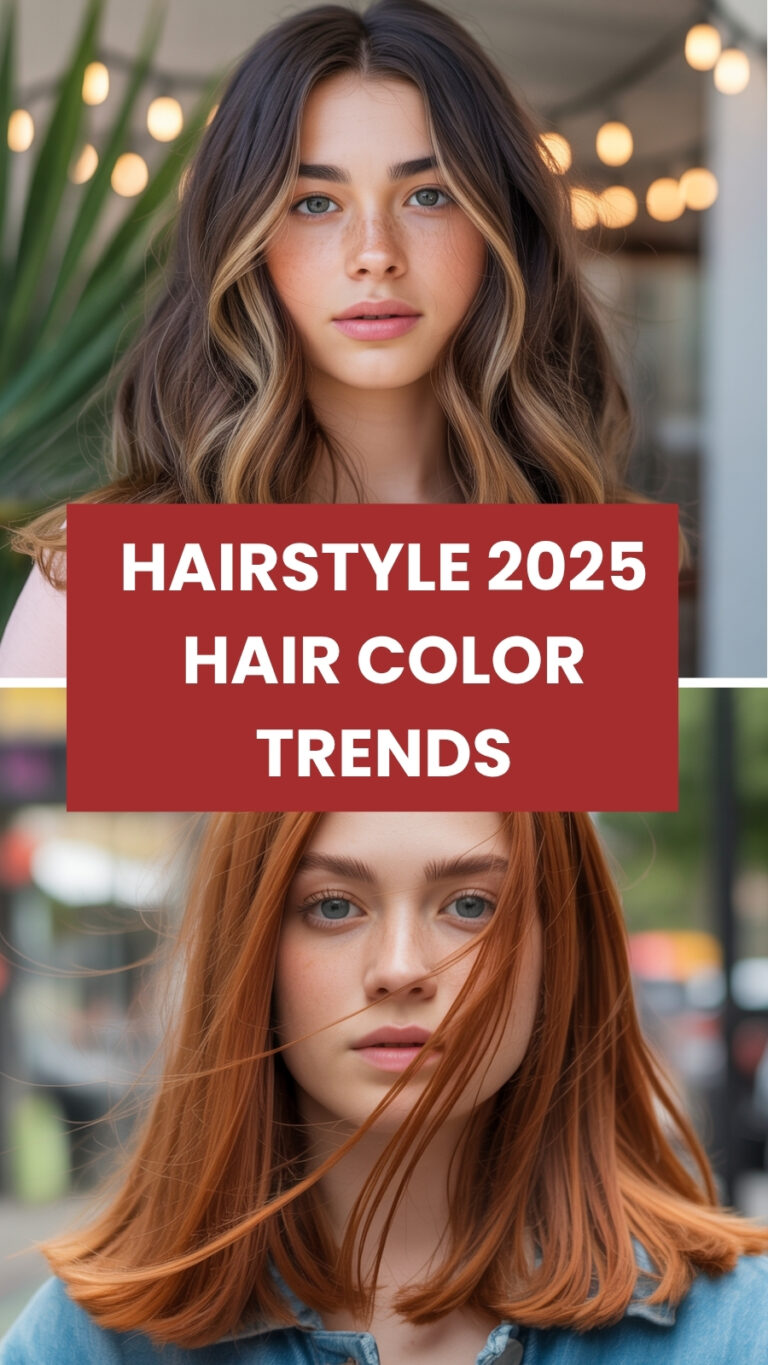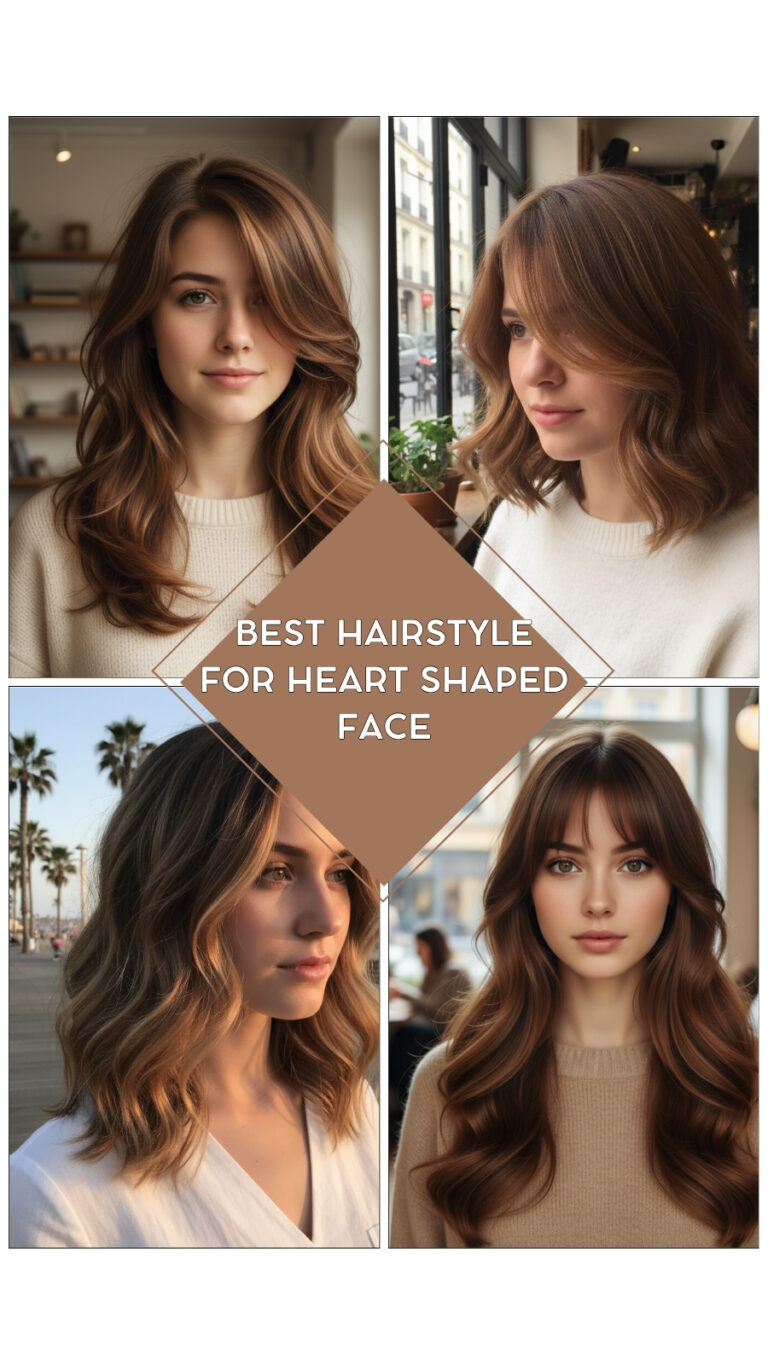Best Hairstyle for Layered Cut Hair
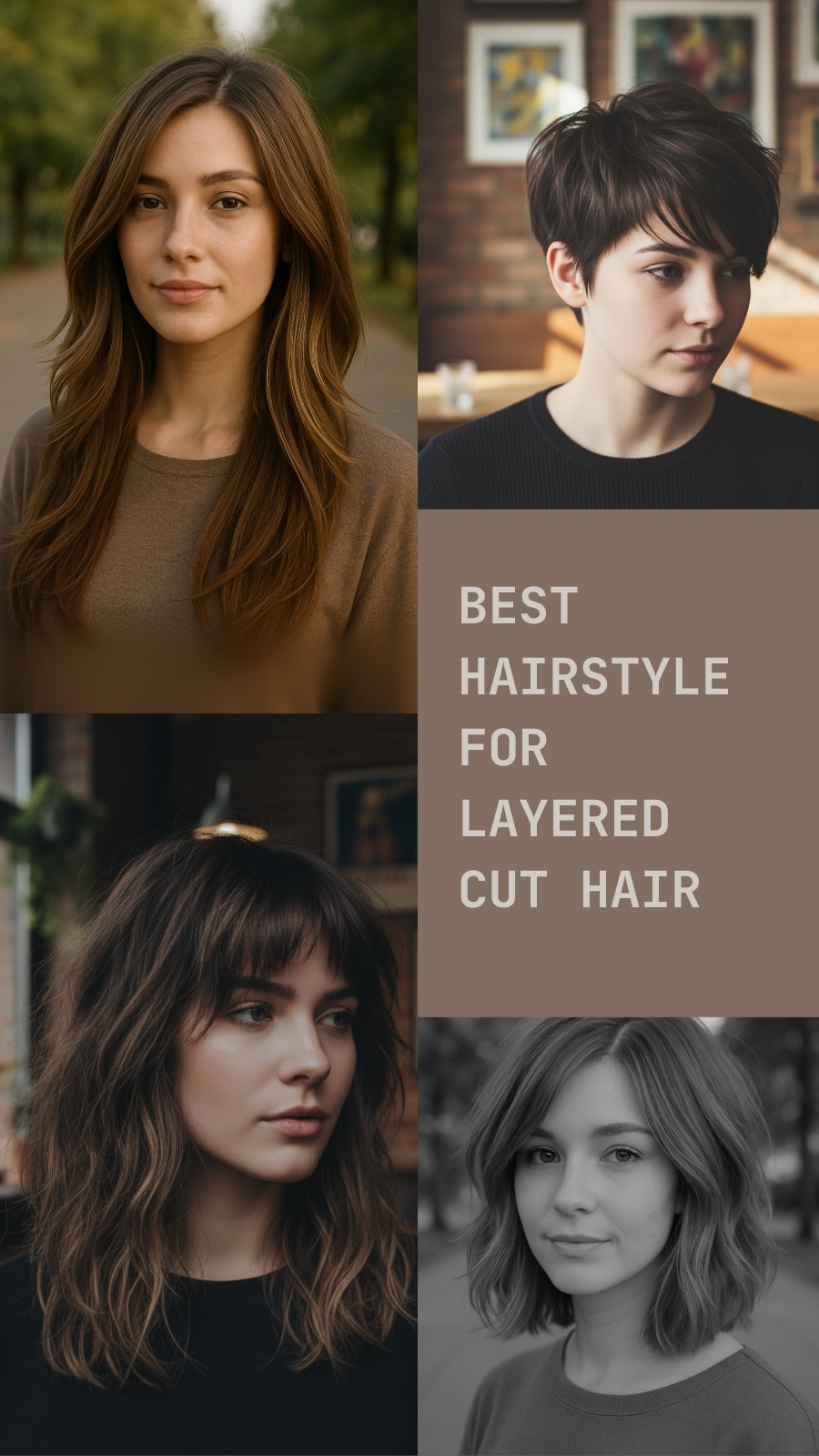
Layered cuts have always been a go-to for those who want their hair to have volume, movement, and personality. Unlike one-length haircuts, layers break the monotony by adding different lengths that create depth and texture.
What makes layered cuts so special is their versatility—they can be styled sleek, wavy, curly, or messy, and they suit almost every face shape. Let’s explore the best hairstyles for layered cuts, how they’re different, how they’re achieved, and where they first became popular.
1. Classic Long Layers
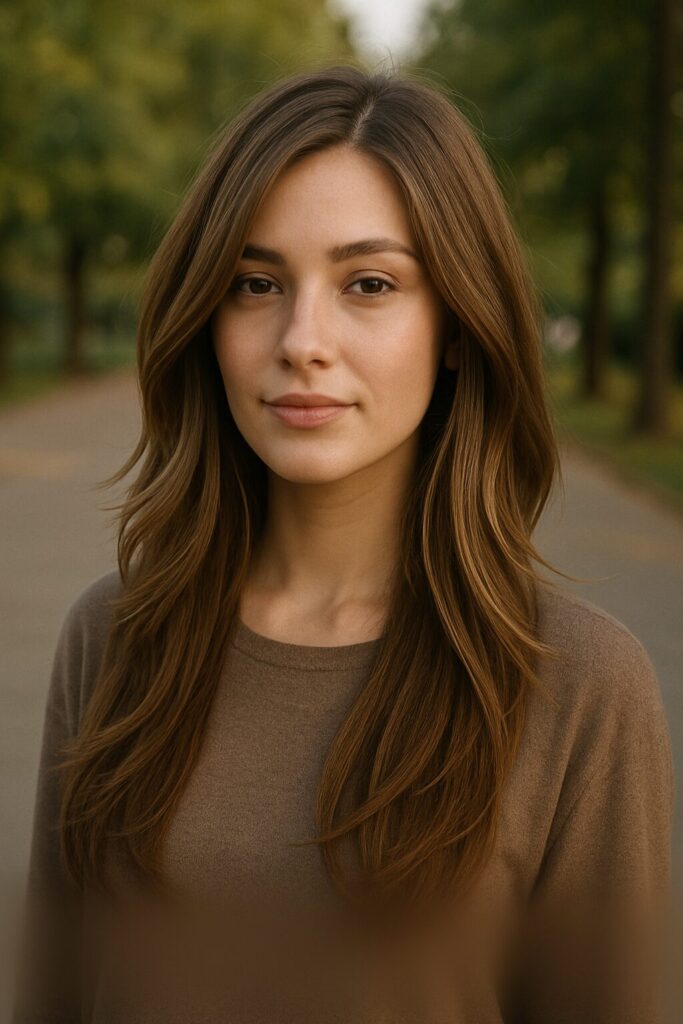
Why it’s different: Unlike blunt long hair, which can look flat and heavy, classic long layers add bounce and flow. They reduce bulk without losing length, making hair lighter and more dynamic.
How it’s created: Stylists cut the hair in progressively longer sections, with the shortest layers starting around the shoulders or mid-length. Blow-drying with a round brush enhances the movement.
Where it comes from: This look became iconic in the 1970s, when Farrah Fawcett’s feathered layers defined beauty standards worldwide. It symbolized glamour and freedom, and today it remains a salon staple for women who love long hair with extra life.
2. Face-Framing Layers
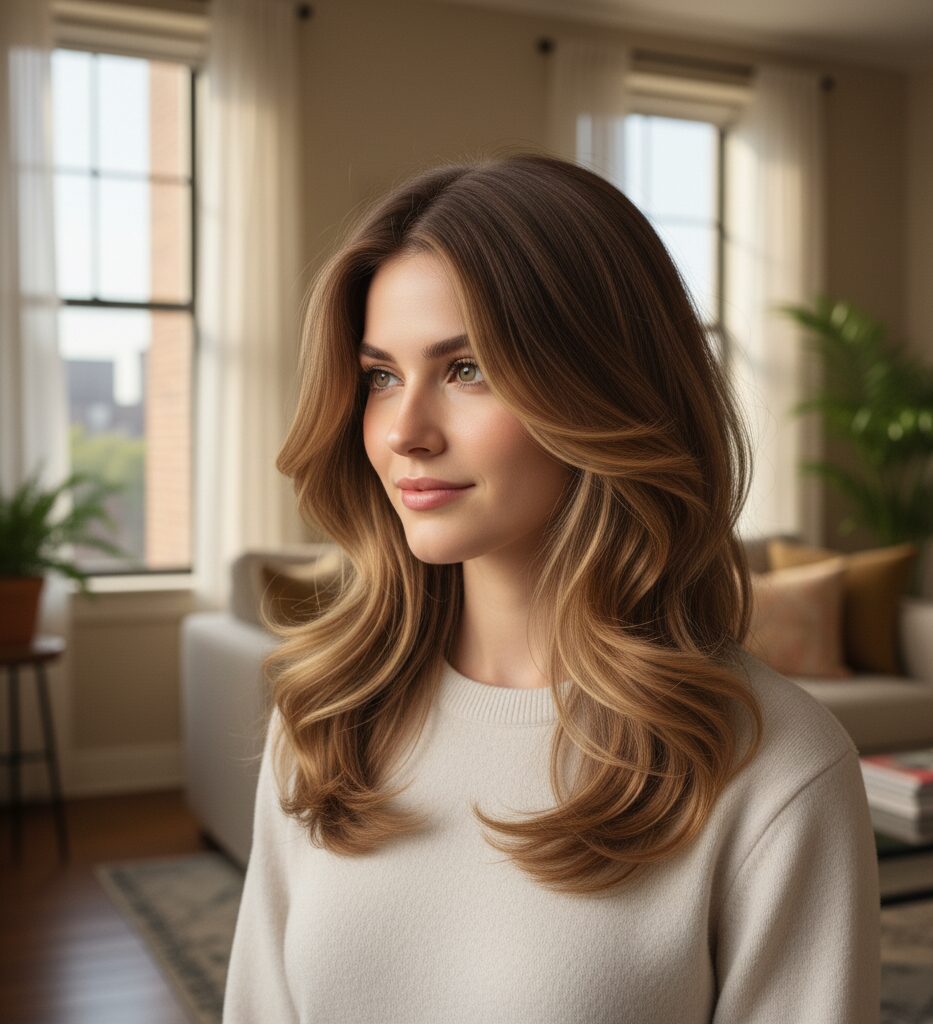
Why it’s different: Unlike general long layers that spread through the entire length, face-framing layers are cut specifically around the face to soften strong jawlines, accentuate cheekbones, and draw attention to the eyes.
How it’s created: Shorter pieces are cut at the front, gradually blending into the rest of the hair. Blow-drying or curling the front pieces toward the face enhances the effect.
Where it comes from: This style exploded in the 1990s with supermodels like Cindy Crawford, whose voluminous front layers made headlines in fashion magazines. The technique became synonymous with “the supermodel blowout.”
3. Layered Lob (Long Bob)
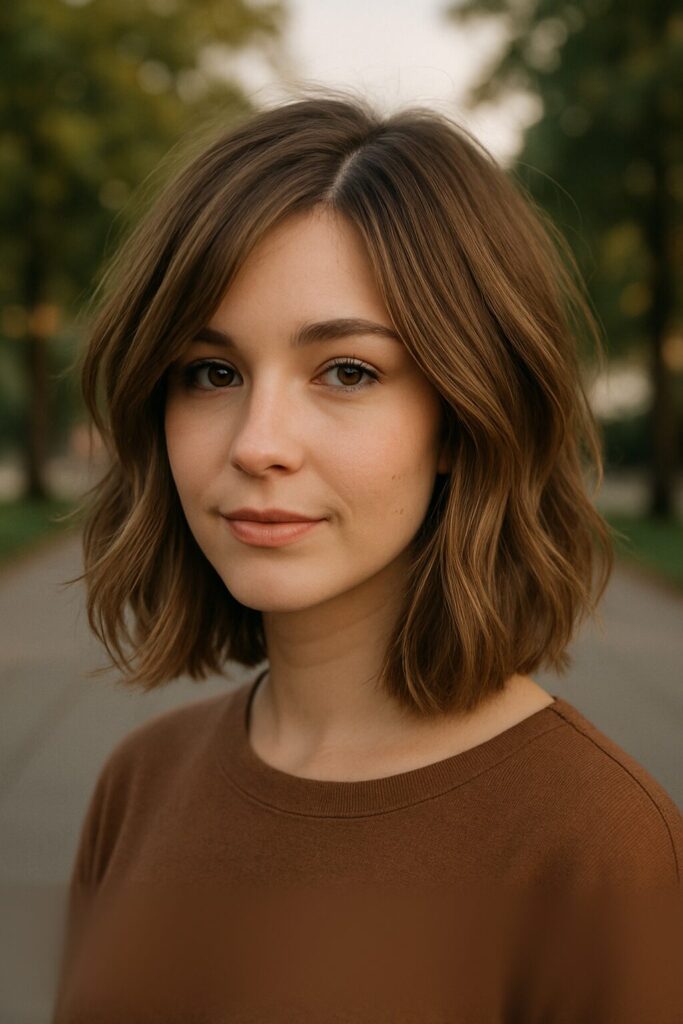
Why it’s different: While a traditional bob is blunt and sharp, the layered lob introduces softness and versatility. It looks lighter, more textured, and works equally well straight, wavy, or curled.
How it’s created: The hair is cut to shoulder length or slightly longer, with layers added throughout to remove heaviness. A side or middle part plus waves completes the chic look.
Where it comes from: The bob itself originated in the 1920s as a symbol of rebellion. The “lob” became trendy in the 2010s, popularized by Jennifer Lawrence and Chrissy Teigen, and the layered version evolved as a modern, wearable twist.
4. Shaggy Layers
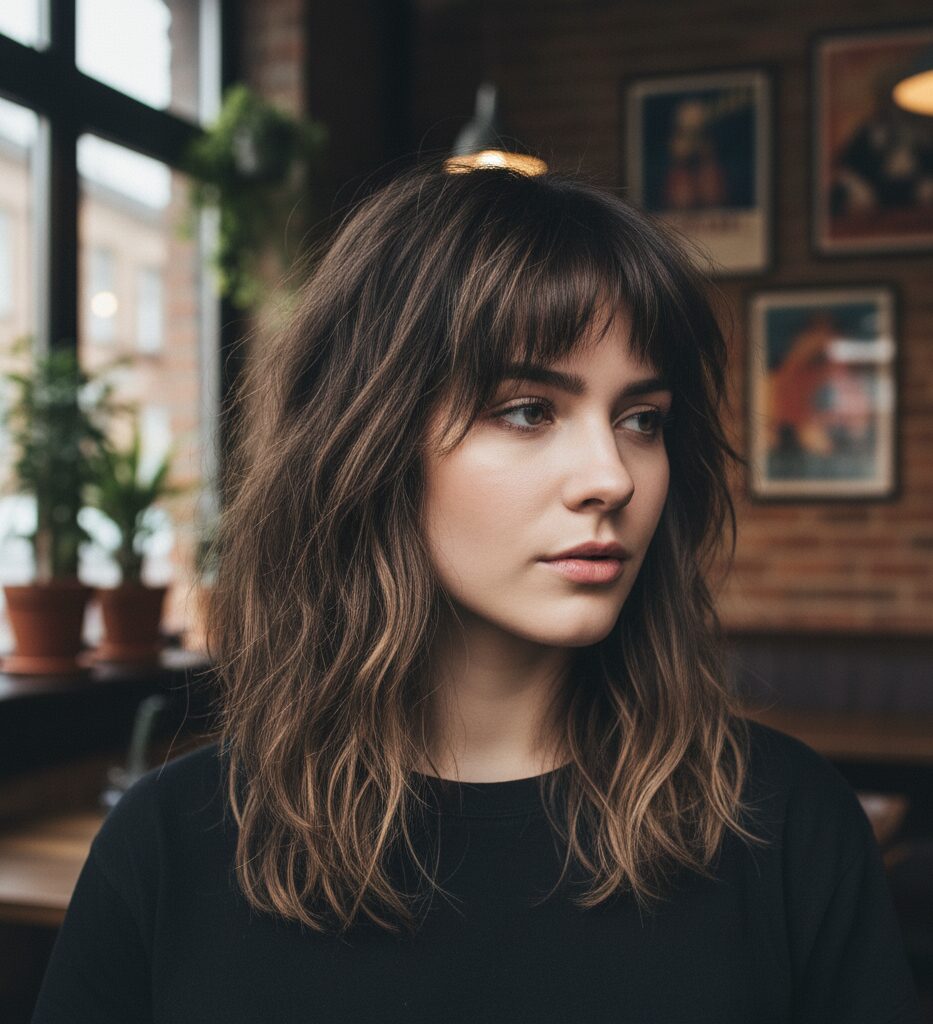
Why it’s different: Unlike polished, uniform layers, the shaggy cut embraces imperfection. It’s edgy, messy, and full of texture, making it stand apart from sleek salon looks.
How it’s created: Hair is cut into uneven, choppy layers with razors or scissors. Bangs are often added, and styling products like texturizing spray create a tousled, rock-inspired vibe.
Where it comes from: The shag originated in the 1970s rock ‘n’ roll era, worn by icons like Joan Jett and Mick Jagger. It was rebellious and unpolished. Today, it has resurfaced as the “modern shag,” revived on TikTok and Instagram by Gen Z.
5. Layered Pixie Cut
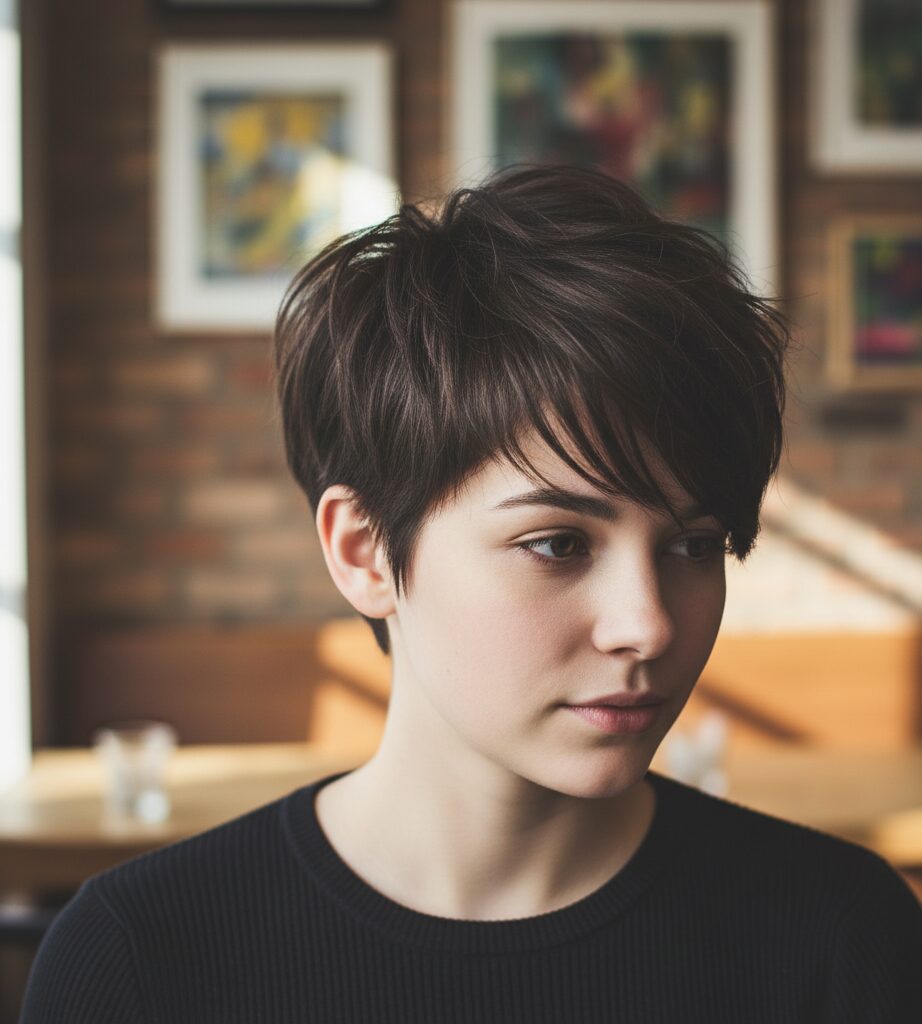
Why it’s different: Unlike a standard pixie cut that’s uniform and cropped, the layered pixie adds dimension and styling flexibility. It’s short but not boring—it can be spiked, smoothed, or tousled.
How it’s created: Hair is cropped short around the back and sides, with slightly longer, layered sections on top. Styling wax or mousse is often used to add definition to the layers.
Where it comes from: The pixie became iconic in the 1960s thanks to Audrey Hepburn in Roman Holiday and Mia Farrow in Rosemary’s Baby. The layered pixie came later, as stylists experimented with giving short cuts more movement and versatility.
Trending Modern Variations
- Wolf Cut: A Gen Z TikTok sensation that mixes shaggy layers with a mullet, creating volume on top and tapering ends.
- Butterfly Cut: Short face-framing layers at the top and long layers underneath, giving a two-tiered “winged” effect.
- Feathered Layers: A 70s revival, where ends are cut feather-light to give softness and flow.
- Textured Layers with Balayage: Combining layers with hand-painted highlights creates depth and dimension.
- Curly Layered Styles: Used to manage thick curls, giving them shape without losing volume.
Conclusion
Layered hairstyles are timeless because they adapt to every generation and trend. Classic long layers bring elegance, face-framing cuts highlight features, lobs and pixies add modern flair, and shaggy cuts reflect bold personality. Whether inspired by 70s Hollywood or 90s supermodels, layered cuts remain at the core of stylish, flattering hair. With endless variations, they will always evolve while staying fashionable.

